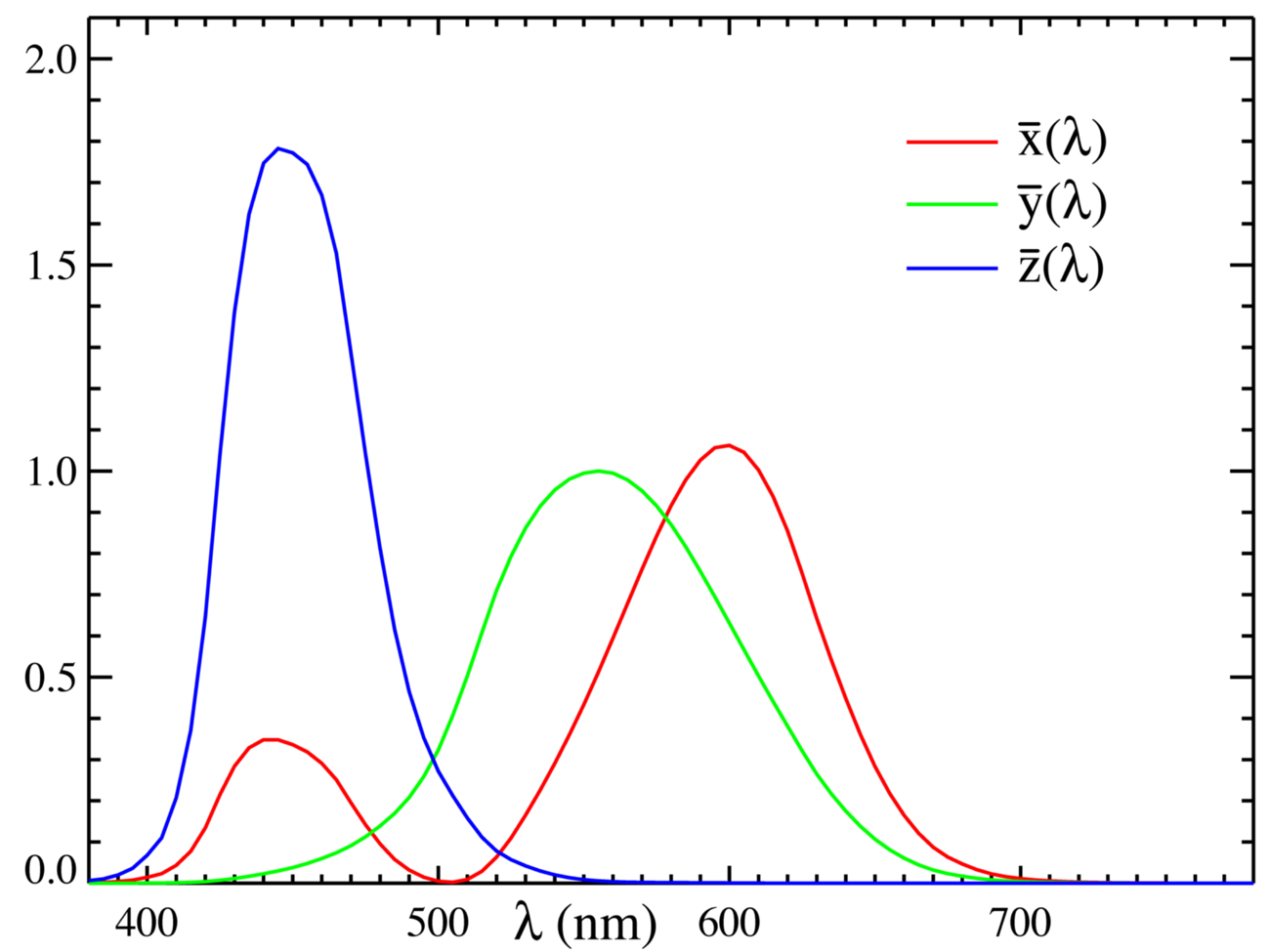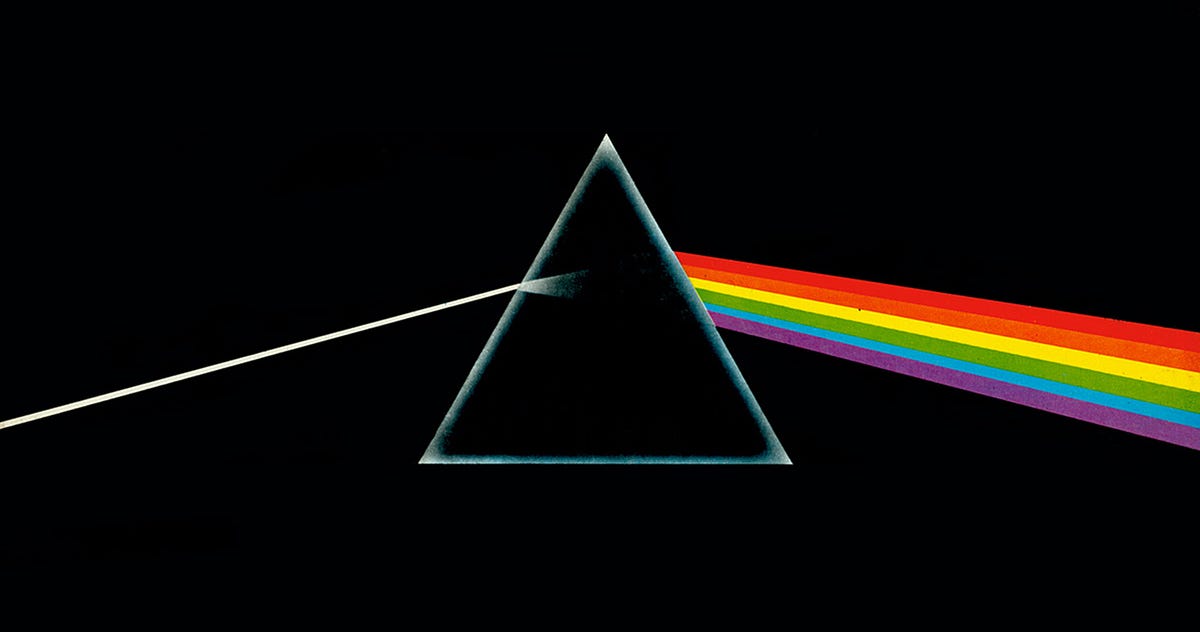The Meters is a great funk band
But today I’m here to talk about an important topic for color management: choosing the right tool to measure the light emitted (or reflected) by the screen.
What we want to obtain is the chromaticity and luminance value of what is emitted by the screen to get those values into a Color Management System. A color management system will allow to connect different colorspace, and can be used to connect the colorspace that a display device is capable of reproducing and a standard colorspace, or another technology such as a printer or a film lab output.
To measure the capabilities of a display device means sending and capturing color patches for some color values : for that we send a stimulus to the device, which is a pixel signal such as (255,0,0) in 8 bit RGB. This means that the device will do what it can to emit the maximum Red value it can make, with no Green and no Blue. Don’t forget to disable any kind of treatment that could affect that signal (could be tricky…). The digital value will be converted into an electric signal that will activate the color technology to show something on the screen: it might power up a set of LEDs, close some LCD filters… Some technologies behave in a much predictable way, such as CRT screens, the addition of Red Green and Blue gives a pretty good “full” color volume. Subtractive systems can be way more tricky, so you need more than just primaries to understand how they work.
So now we need to capture that color, but color, as we know, only exist in your brain. So should we put some little electrodes in your brain? Yeah, that would be cool, but we have much simpler: some guys in the 1930s looked into a tube and now out of this experiment we can have measuring tools that show you want chromaticy and luminance the display is showing. That simple? Well not really. There are different kinds of technologies and all these devices can get you significantly different values. Let’s understand why.
On one side, you have the colorimeters. Those are basically devices with photosensors behind color filters that try to emulate the response of the cones on our retina.
Those work OK with well behaved display technologies such as CRT monitors, but these days we have a lot of different things in the fields, with different primary colors and the filters can be pretty unefficient for some sources, so the results must be aligned depending on the technology. To be able to actually process the Color Matching Function Formula, you need to have intensity values for all the wavelengths, for that you need a spectrocolorimeter.

Spectrocolorimeters work a different way: they split the light entering the device with a diffraction grating and the spectrum is sent on a line of photosensors: the more photosensors the more precision, but also reduced sensitivity as less photons have chance to hit the sensor. You need more integration time, and with OLED and/or HDR technologies you can wait for several minutes for the readings of dark patches.

Also with newer technologies like RGB laser projectors or some LED monitors you have primaries with extremely narrow bands, so the precision of the spectrocolorimeter might not be good enough and lead to imprecision; narrow band primaries also come with other problems we’ll discuss later.
Some devices like the Konica CS200 are using more sensors with more filters to have more precision, it’s a good compromise and reliable instrument even for lower light, at a certain price.
Some devices like the Trulight probe or the Qalif Ultimate combine a colorimeter and a spectrocolorimeter in the same box to get the benefits of both. Some calibration softwares allow for the combination of a colorimeter and spectrocolorimeter to get best of both worlds: colorimeters can be pretty cheap while still be good in low lights; a spectrocolorimeter that can read in lower lights will cost several thousand dollars. It’s probably the best solution if you want the best bang for buck: use a colorimeter for fast measurements even for low lights, and a spectro on the full primaries to calibrate the colorimeter.
Now you have captured all the colors your display is capable of, it’s time to check the dynamic range, the gamut covered and if you have precision in all the colors. Then you could get that into your favorite CMS to reproduce your favorite colorspace through a profile or a LUT. Happy days!
Cedric
Let’s chat on our Discord
Originally published on Rockflowers, Sep 2020